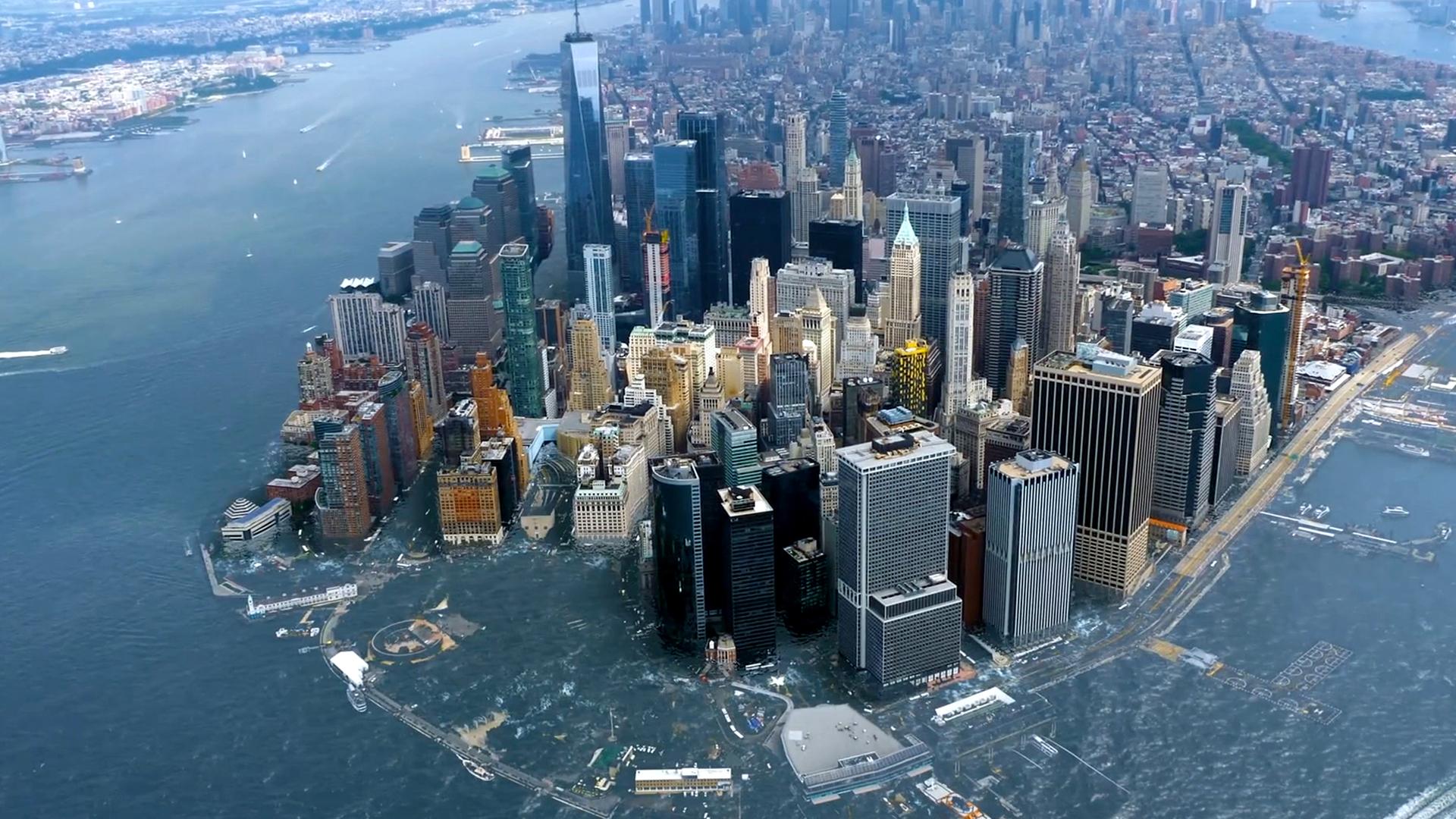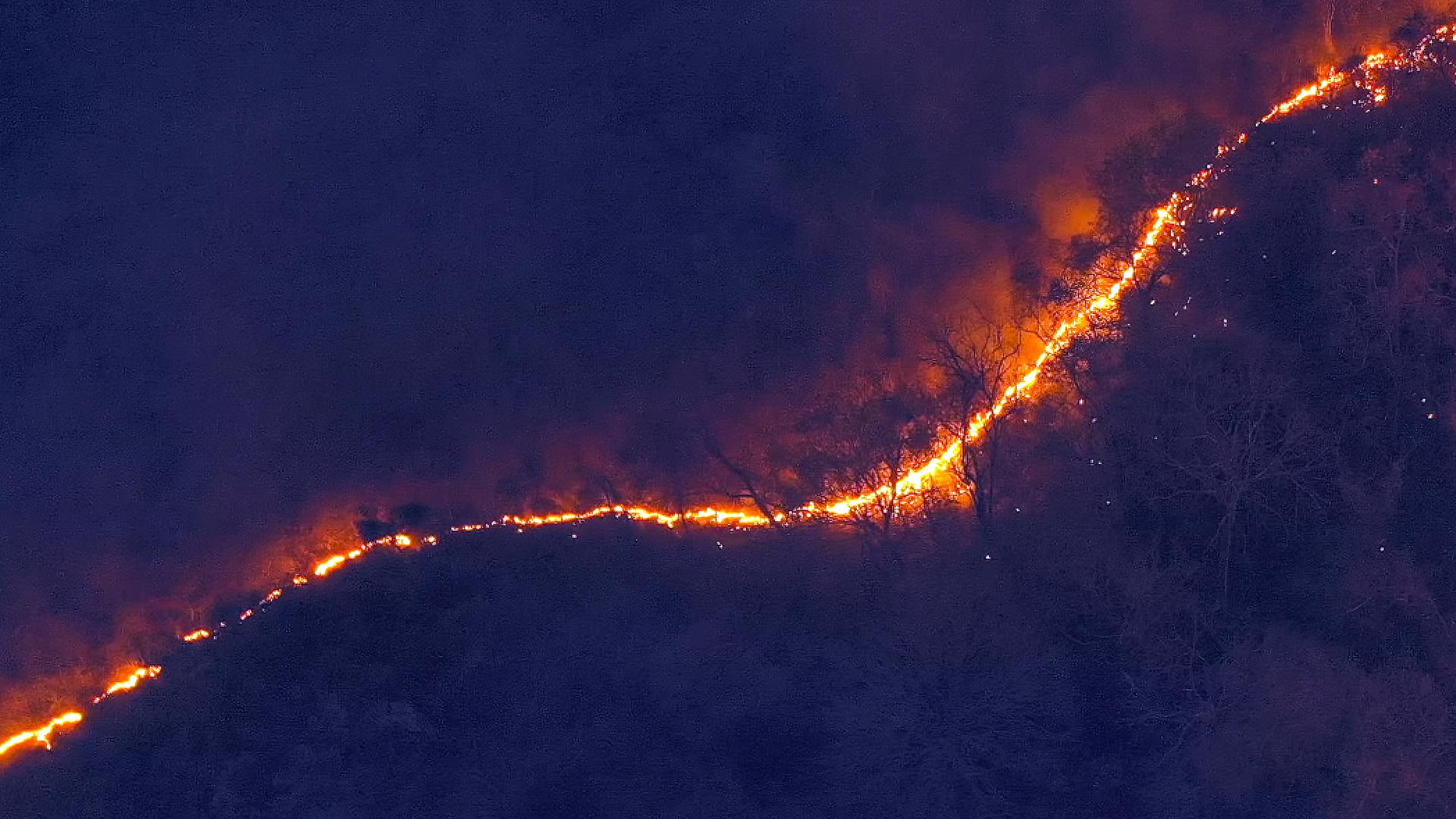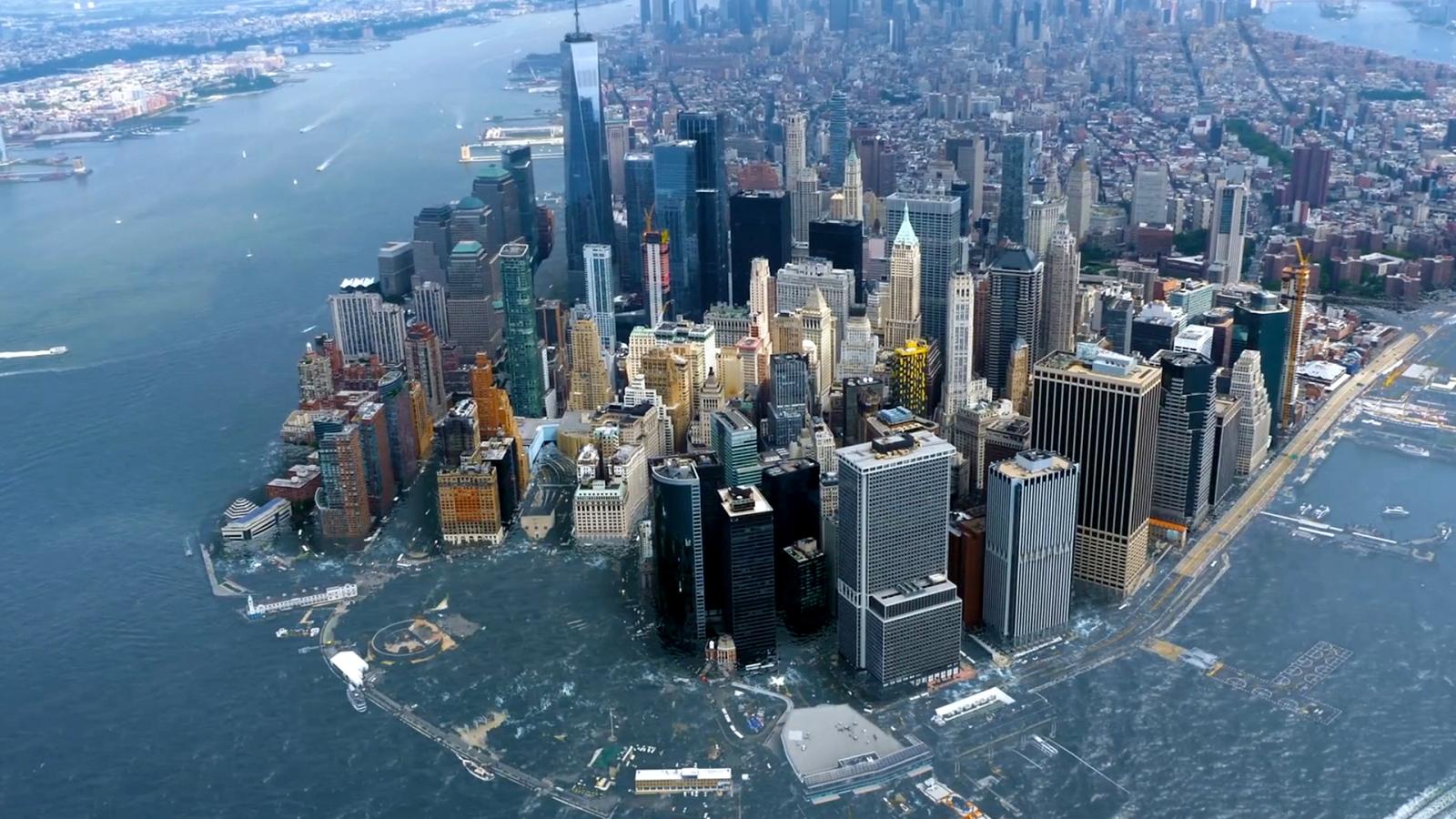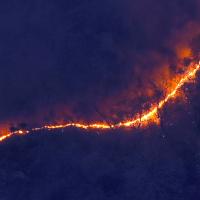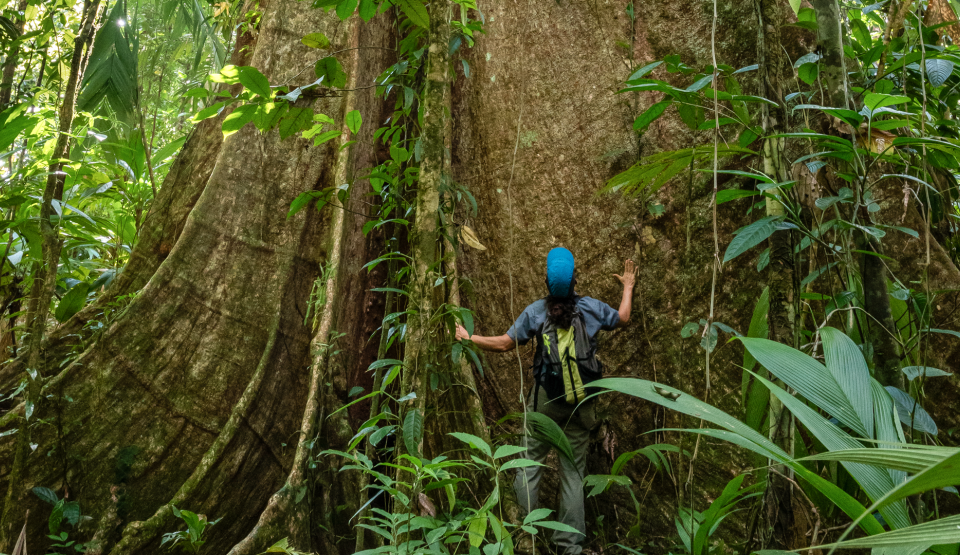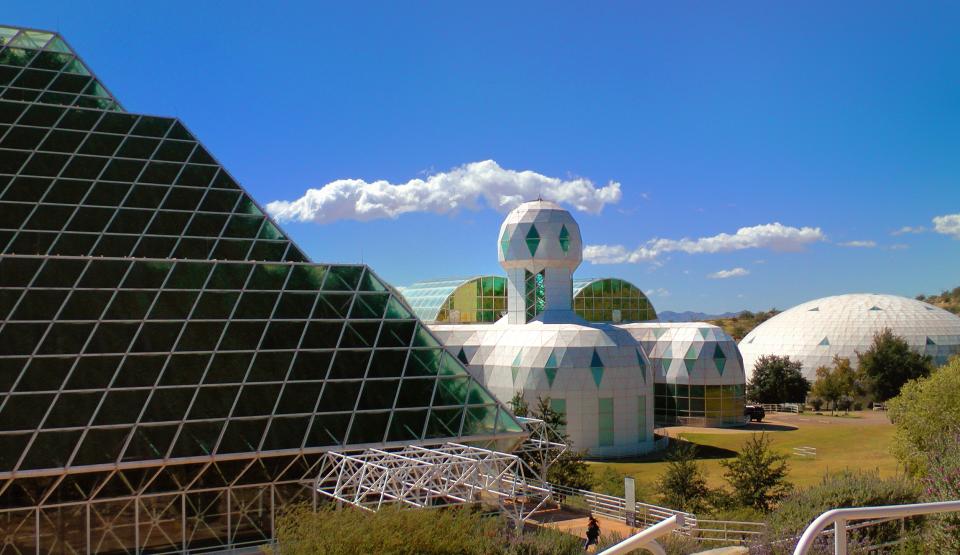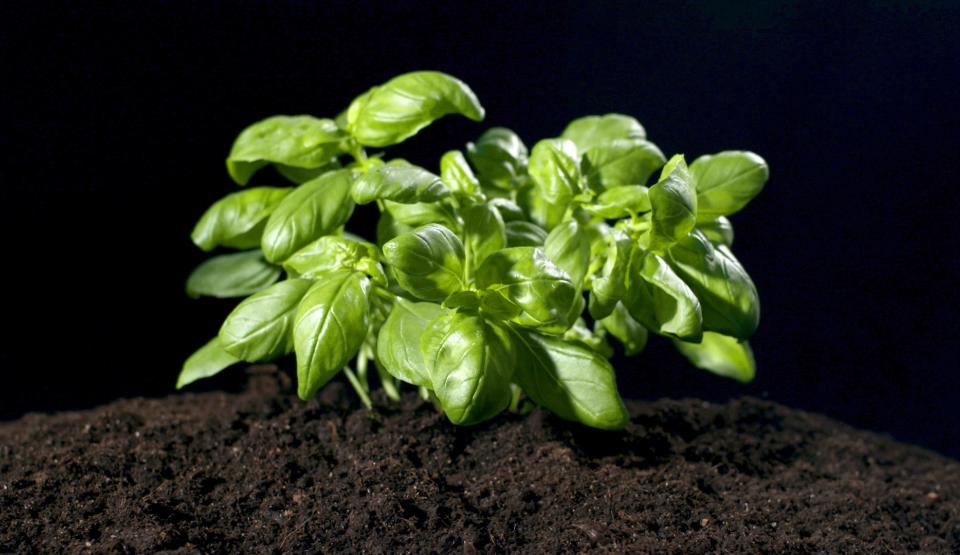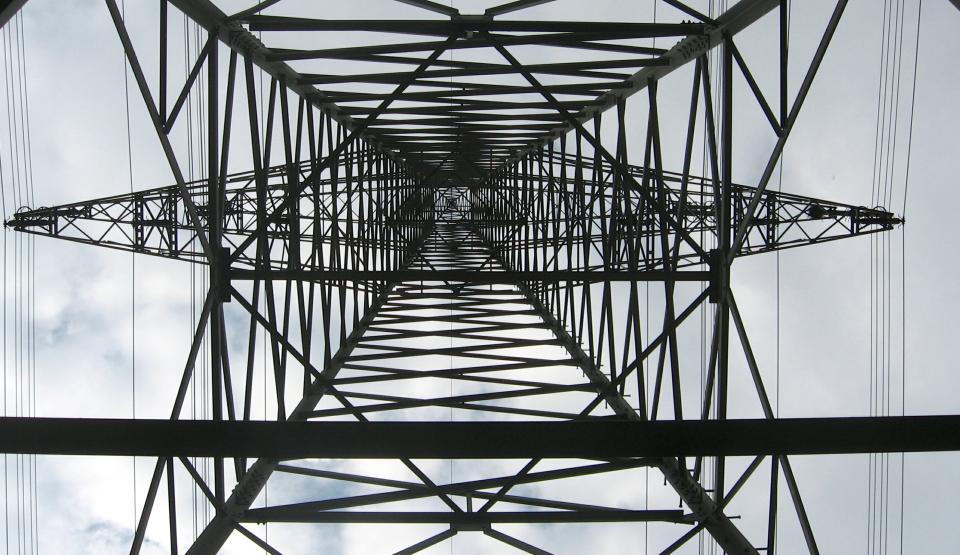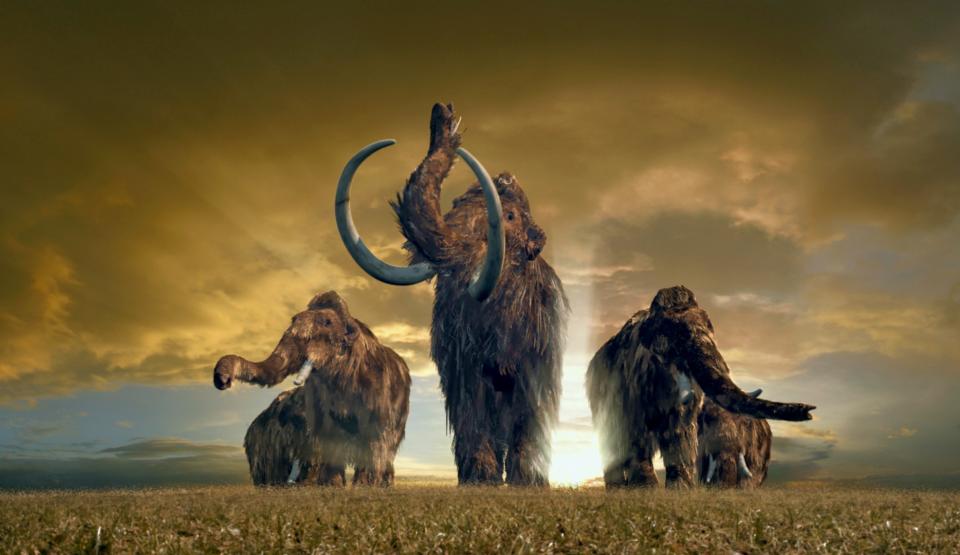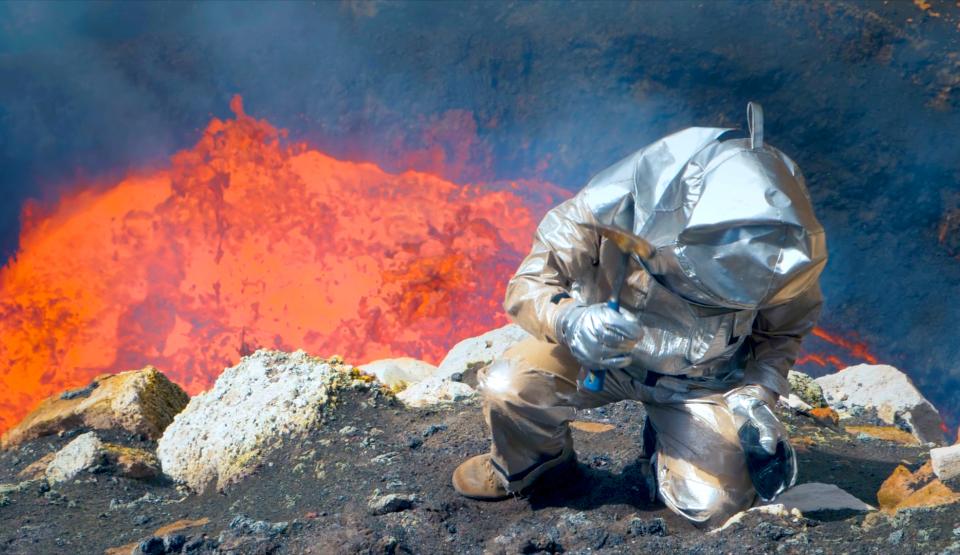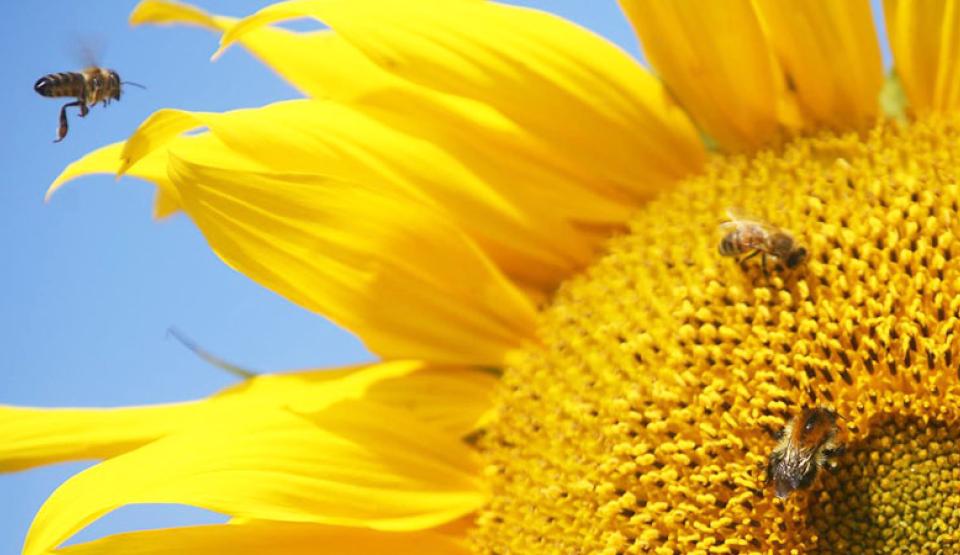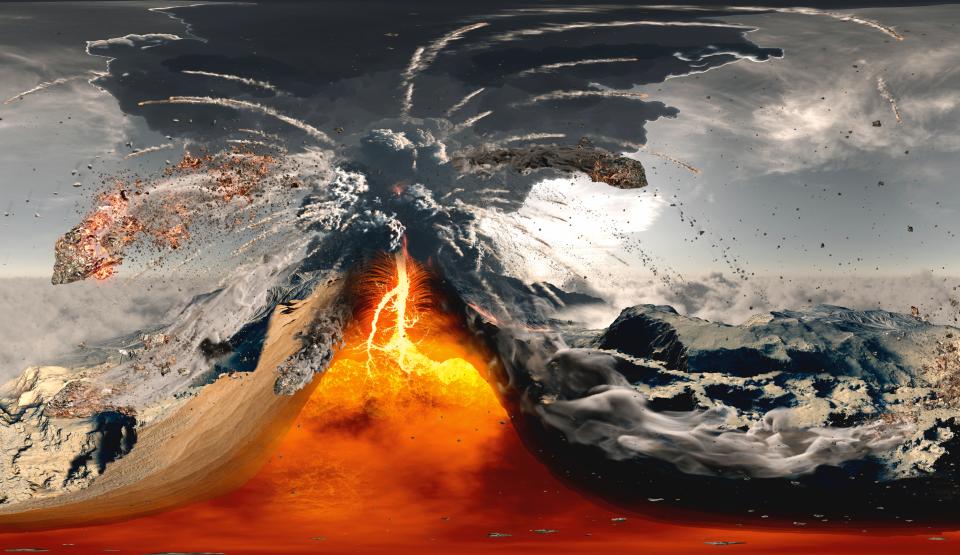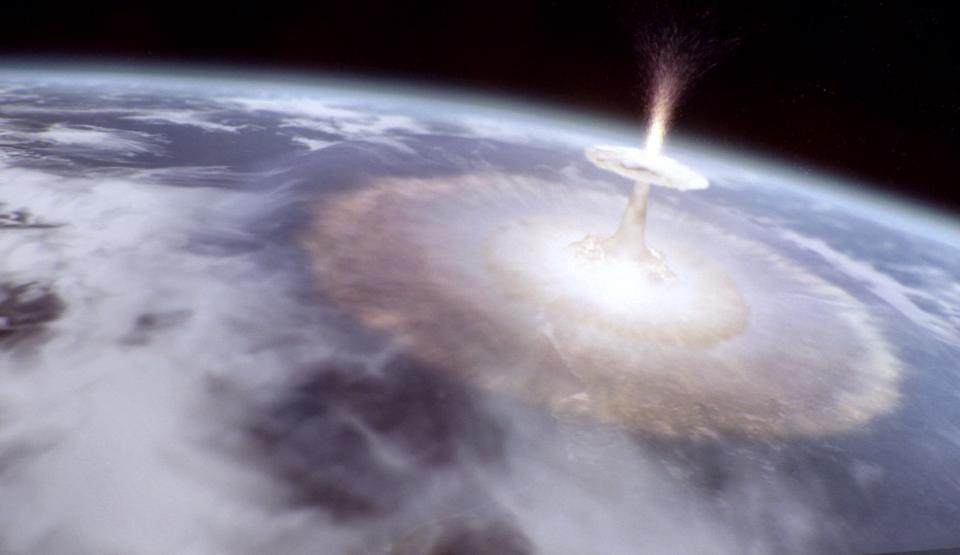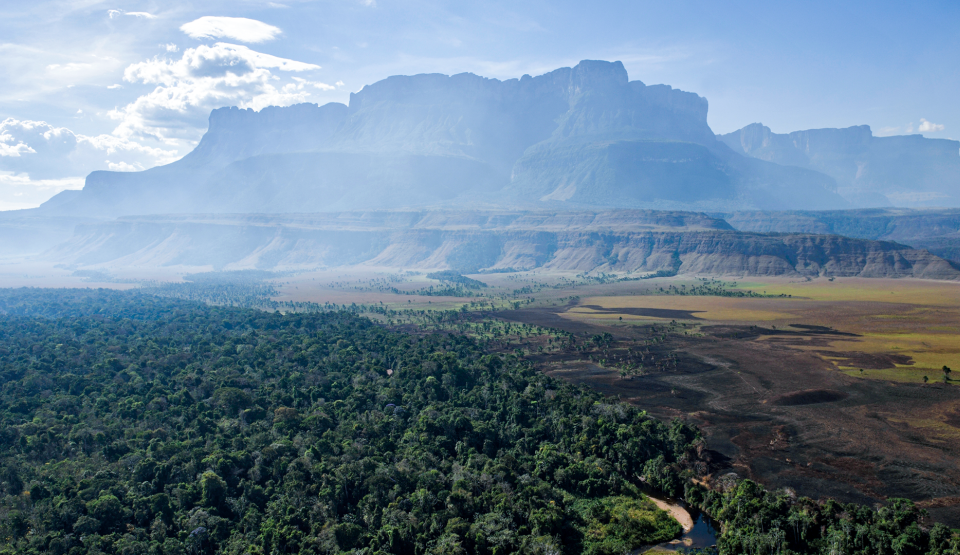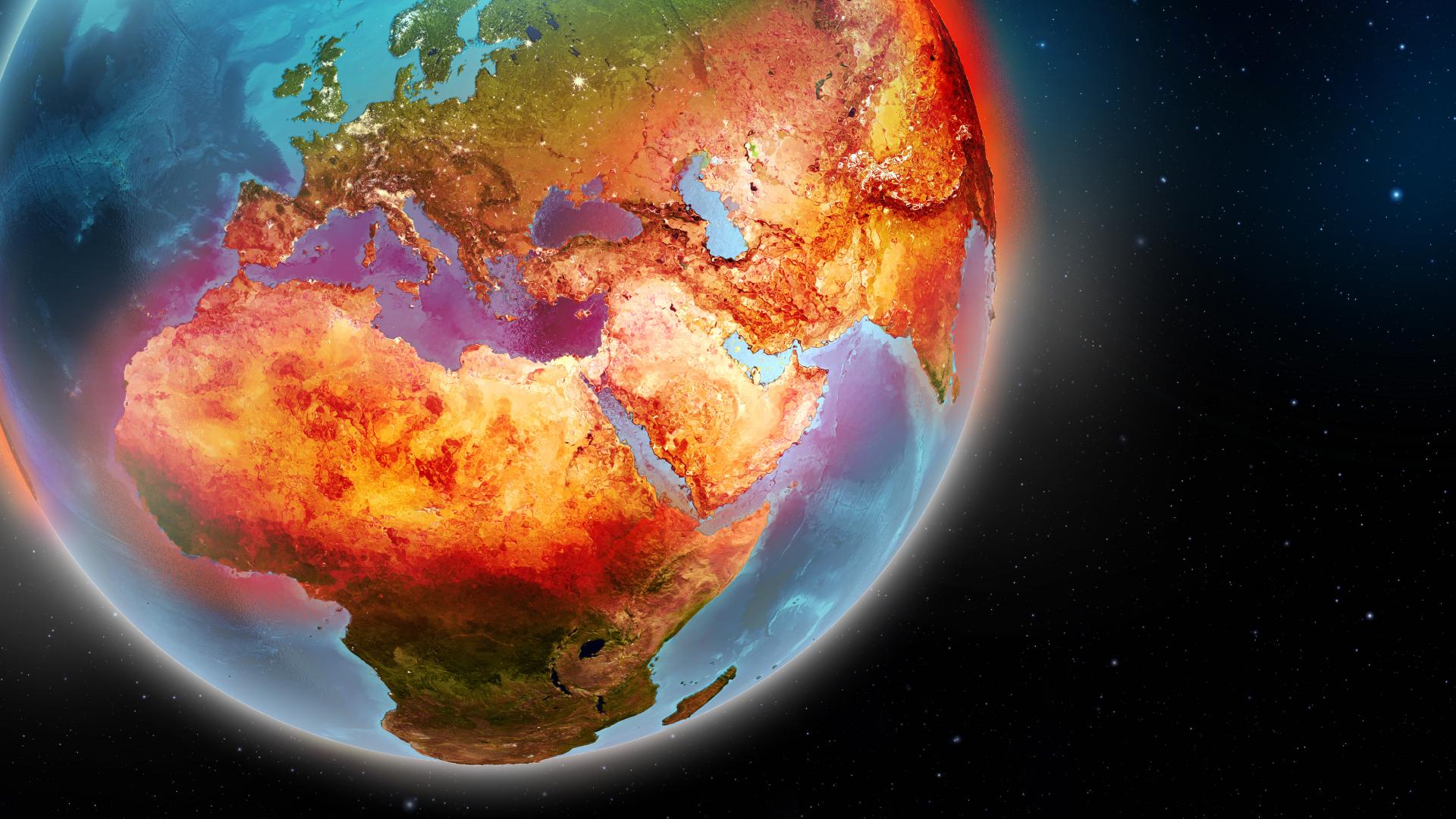
Our planet is heating up faster and more dramatically, making it uninhabitable for animals, plants on land and in the oceans, and for us humans. To find out what the future might bring, scientists look at evidence from past hothouse periods in Earth’s history.
The first episode of the documentary series, Animals and Plants, accompanies US paleontologists in their search for fossils from an intense hothouse period 56 million years ago. At that time, some mammal species became dwarfed due to heat stress, and the vegetation zones of plants shifted around 1000 kilometres towards the poles. Today, there are already signs of a similar shift in agricultural regions, with profound consequences for feeding the world’s population.
In the second episode, Oceans, paleoceanographers discover that 56 million years ago, the tropical oceans reached temperatures as high as 38 degrees – and almost all life disappeared from them. The oceans have already absorbed around 90 percent of the human-induced temperature rise, and the steady increase in temperature is once again posing a problem for fish and corals. Rising sea levels are also increasingly threatening coastal regions and entire nations.
The final episode, Civilisation, examines whether humans can adapt to life on a hot planet, if we can protect our cities from rising temperatures and sea levels, whether our agriculture can cope with the increase in extreme weather events, and examines the technologies needed to recover climate-relevant gases from the atmosphere.
